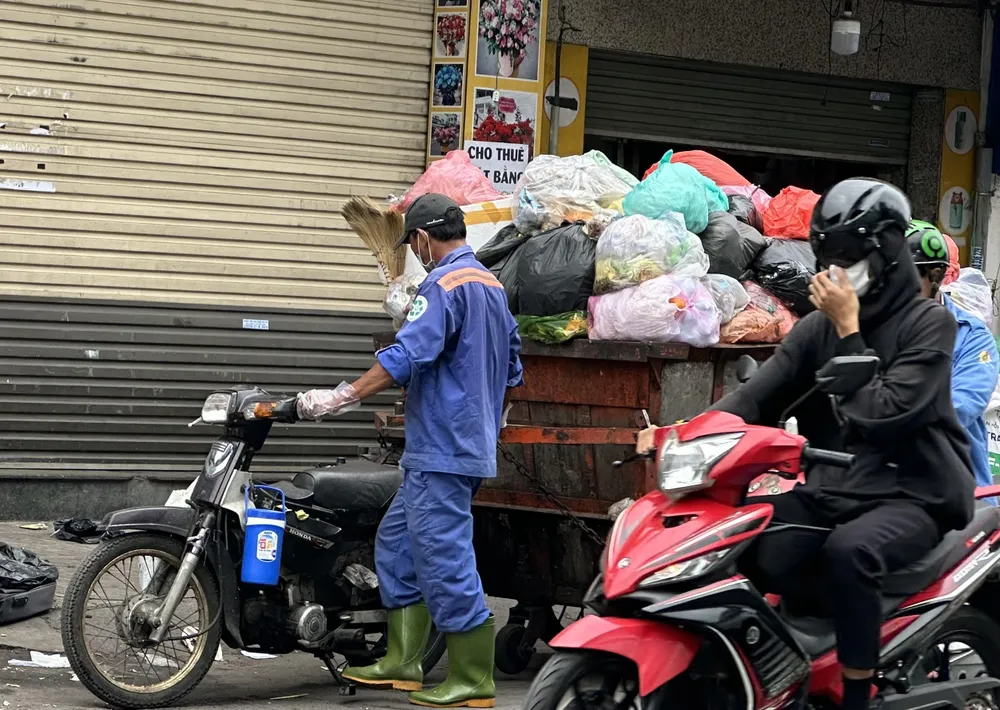
Recommendations for removal
Regarding the treatment of domestic waste in Ho Chi Minh City, at a recent working session with the National Assembly 's monitoring delegation, Mr. Nguyen Hong Nguyen, Deputy Director of the Department of Agriculture and Environment of Ho Chi Minh City, informed that the city is continuing to speed up the progress of 5 projects to convert waste incineration technology to generate electricity. After the merger, the leaders of the Ho Chi Minh City People's Committee held a meeting to consider and resolve issues related to domestic waste. This is also an opportunity to review what each locality has done and what has not been done and have more appropriate instructions.
The key to effective waste treatment is waste classification at source (PLRTN). According to Mr. Nguyen Hong Nguyen, in the past, the main focus was on propaganda and training for departments, branches, associations and People's Committees at district level (formerly) and commune level, then organizing implementation in some neighborhoods and wards. The implementation shows that PLRTN must have technical synchronization from collection, transportation, transit to treatment of waste after classification. The city will review the technical infrastructure conditions for collection, transportation, transit and orientation of treatment technology to develop a suitable implementation project. Ho Chi Minh City is reorganizing management according to the 2-level local government model to effectively manage waste collection, transportation and treatment in the area.
At the monitoring session, Mr. Nguyen Van An, Standing Member of the National Assembly's Committee for Science, Technology and Environment, commented that in total, Ho Chi Minh City has 5 units that have been transferred to waste-to-energy incineration technology, but in reality, the implementation is still slow. Sharing at the meeting, Chairman of Ho Chi Minh City People's Committee Nguyen Van Duoc emphasized that the city really wants to treat waste by waste-to-energy incineration technology, but needs to have a price policy suitable to reality to attract investors. In addition, the planning for biomass power capacity is very tightly bound and is currently under the authority of the Government. In fact, in Ho Chi Minh City, waste treatment plants have different conditions, the planning must be adjusted and submitted to the Government. Ho Chi Minh City proposed that the Ministry of Industry and Trade submit to the Government the planning according to the framework level in Ho Chi Minh City, which could be 500MW. At the same time, the location of the plant, how to phase it, and the implementation plan will be left to the locality to decide. This way, it will be easier to adjust the capacity of biomass power sources and electricity produced from waste in Ho Chi Minh City, thereby speeding up waste-to-energy projects.
Adjust planning accordingly
To be fair, if we exclude the obstacles from the mechanism, the remaining part is a technical solution, from the lesson of the waste-to-energy project of Binh Duong Water - Environment Corporation (Biwase) shows that it is not too difficult. After the success of the 5MW waste-to-energy plant project, ensuring many indicators of equipment safety, environment, power generation efficiency, and ash treatment meeting the expected requirements, Biwase is currently investing in a 12MW waste-to-energy plant, expected to be completed in 2026. The plant uses equipment from Siemens (Germany) to provide the power generation turbine, CNIM Martin (France - India) to provide the incinerator, and ISGEC (India) to provide the boiler system. The highlight of the project is that the entire design, construction, installation, and operation stages are all undertaken by Biwase engineers...
Comrade Nguyen Van Loi, Head of the 15th National Assembly Delegation of Ho Chi Minh City, commented that accelerating the progress of the phase 2 waste-to-energy plant will not only meet the electricity demand for production and business activities but also sell electricity to neighboring units, sharing current energy difficulties. The project will not only thoroughly handle the pressure of urban waste but also provide a source of green energy and contribute to realizing Vietnam's green growth strategy.
Not only stopping at the previous Binh Duong area, Mr. Nguyen Van Thien, Chairman of the Board of Directors of Biwase, affirmed that the processing capacity can completely meet the requirements in terms of technology and human resources for the areas bordering Ho Chi Minh City (such as Thu Duc, Binh Thanh ...). However, the scale cannot meet the requirements because it requires a large area of land for the processing process. Binh Duong province has previously planned a new waste treatment area in Tan Long commune (Phu Giao district), on an area of about 400 hectares. If assigned a new task, Biwase is ready to immediately deploy this treatment area.
How to soon complete a modern waste treatment system to meet the needs of a megacity of more than 14 million people, Dr. Pham Viet Thuan, Director of the Institute of Natural Resources and Environment of Ho Chi Minh City, said that if considering the general planning of Ho Chi Minh City, the current solid waste treatment areas in the city are suitable and do not need much adjustment when merging with Binh Duong and Ba Ria - Vung Tau. However, the issue that needs to be revised is how to effectively manage waste treatment. Currently, the price of waste treatment by landfill and the price of treatment by waste incineration technology to generate electricity are not much different. Therefore, waste treatment units are still hesitant to decide to invest in new technology, contributing to higher environmental protection. In addition, investment procedures and policies for enterprises converting technology are still not suitable. This is also one of the reasons why projects to build waste incineration plants to generate electricity are stagnant.
“I think that to promote the progress of converting domestic waste treatment technology in Ho Chi Minh City, it is necessary to assign responsibility to state-owned enterprises. Because state-owned enterprises, in addition to profit, also have to carry out political tasks,” Dr. Pham Viet Thuan proposed.
Regarding the issue of PLRTN, Associate Professor, Dr. Phung Chi Sy, Vice President of the Association for Nature and Environmental Protection, assessed that according to the current Law on Environmental Protection, household and personal waste is classified into 3 main groups: waste that can be reused and recycled; food waste and other household waste. The classification aims to promote the development of a circular economy. However, Ho Chi Minh City has previously only classified waste at a few pilot locations. Therefore, the city should recommend that central agencies remove obstacles in legal procedures to speed up the progress of waste-to-energy plants. This is the basis for moving towards thorough PLRTN, and is also the premise for promoting the development of a circular economy with non-burnable waste by reusing it.
Source: https://www.sggp.org.vn/xu-ly-rac-thai-cho-sieu-do-thi-tphcm-bai-4-noi-khong-voi-chon-lap-rac-post806536.html



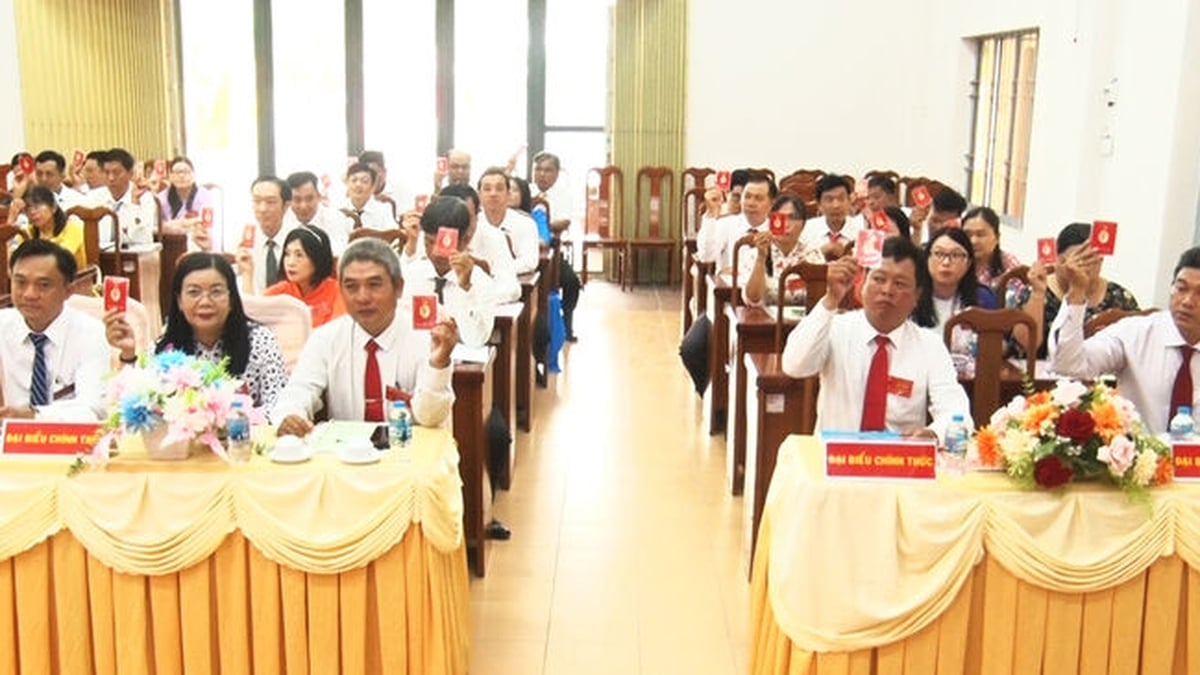
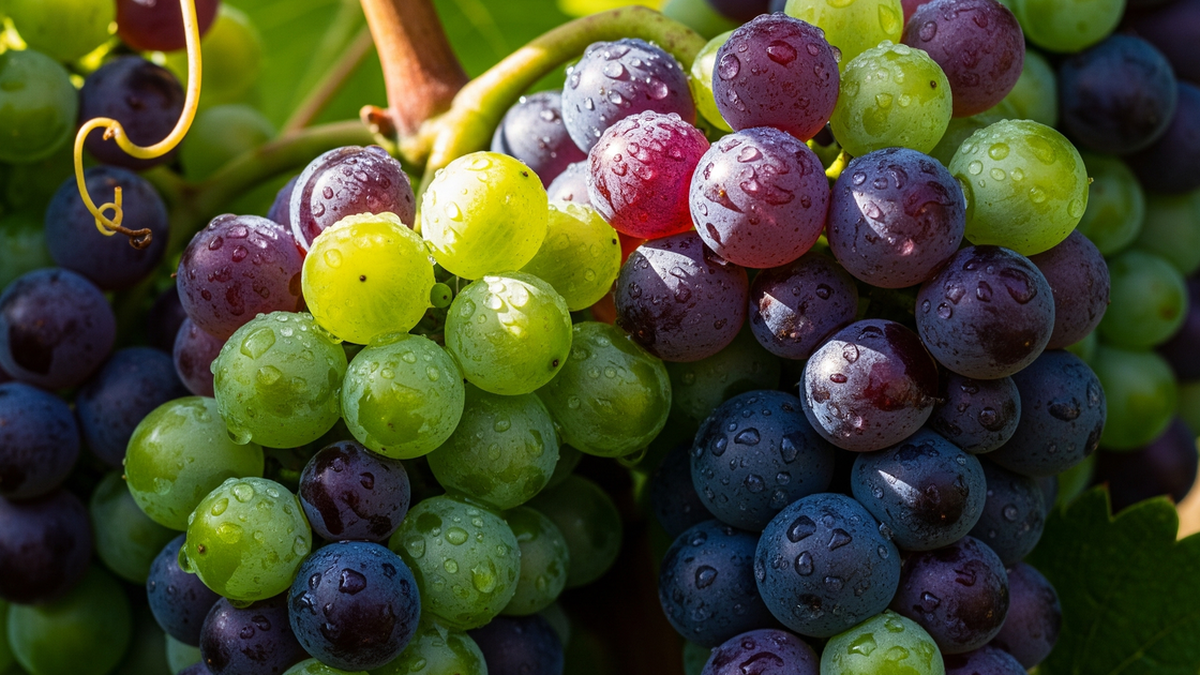
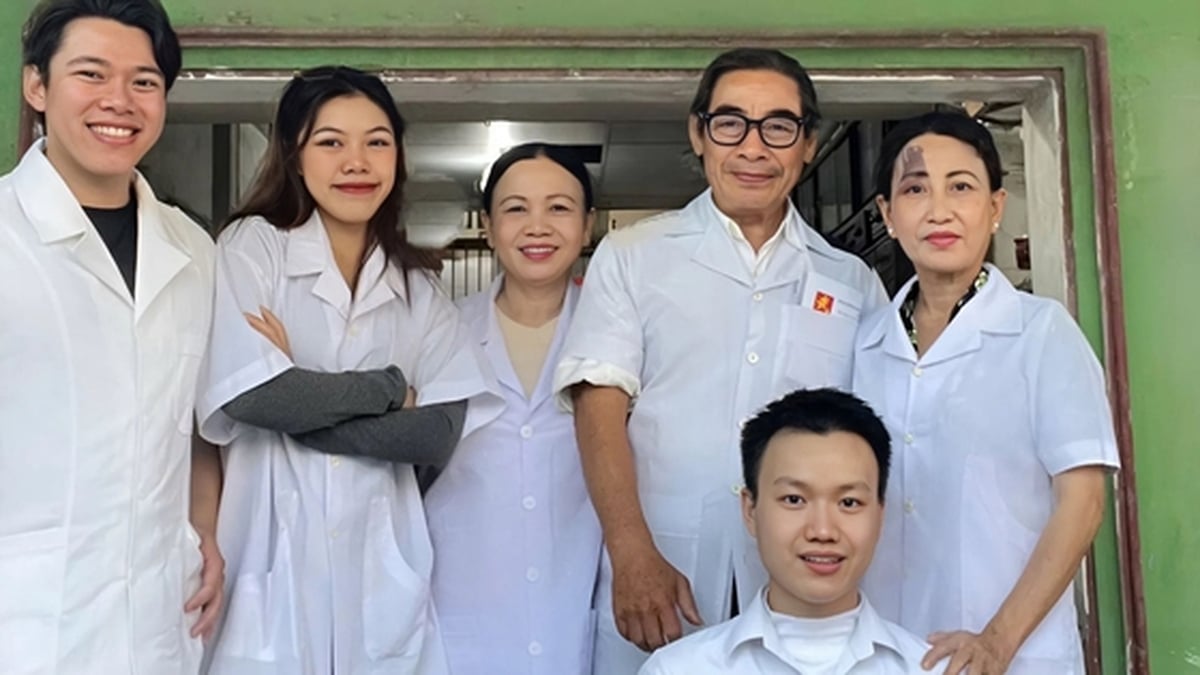
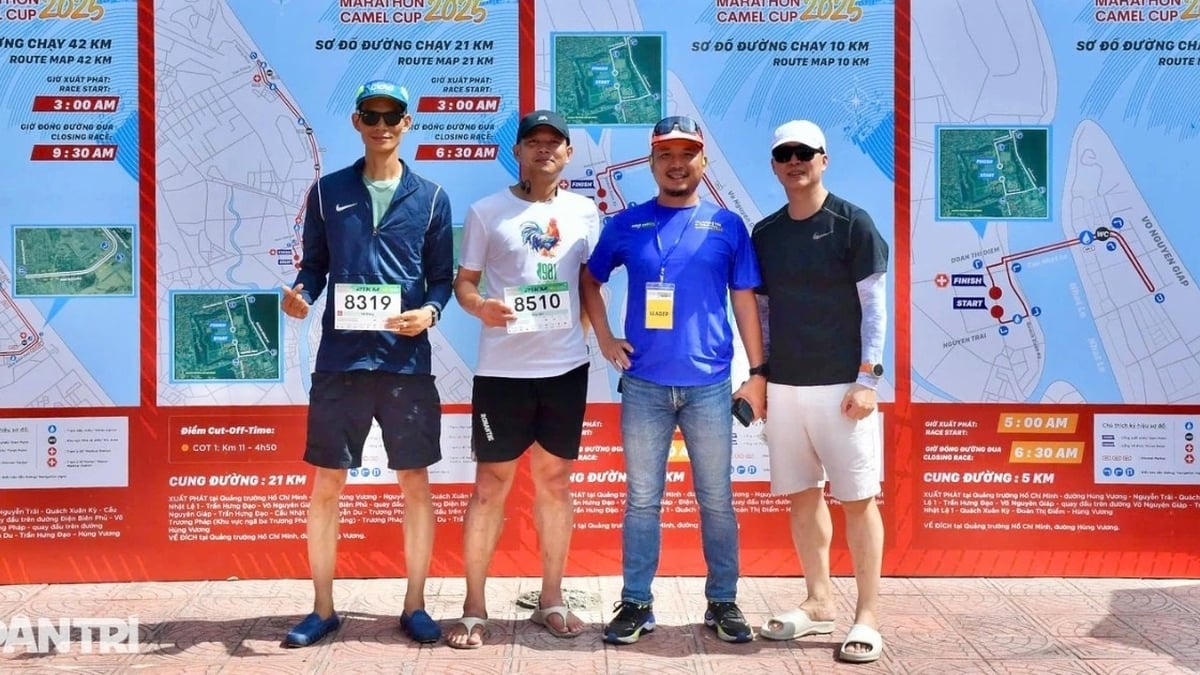
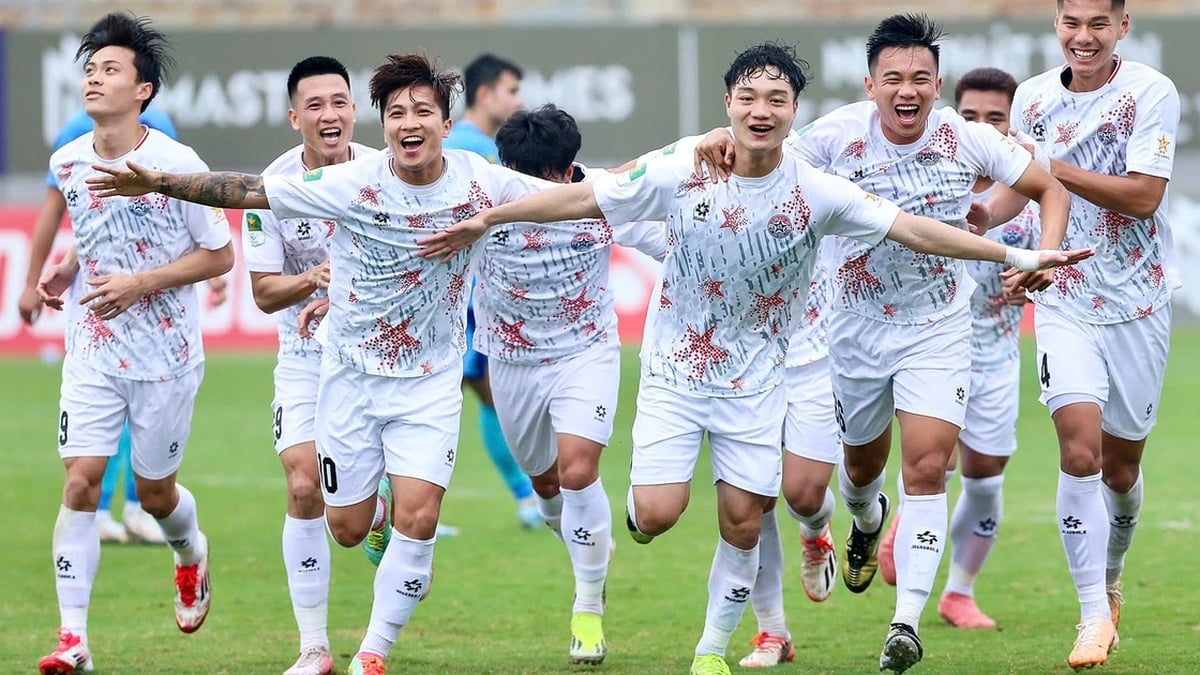

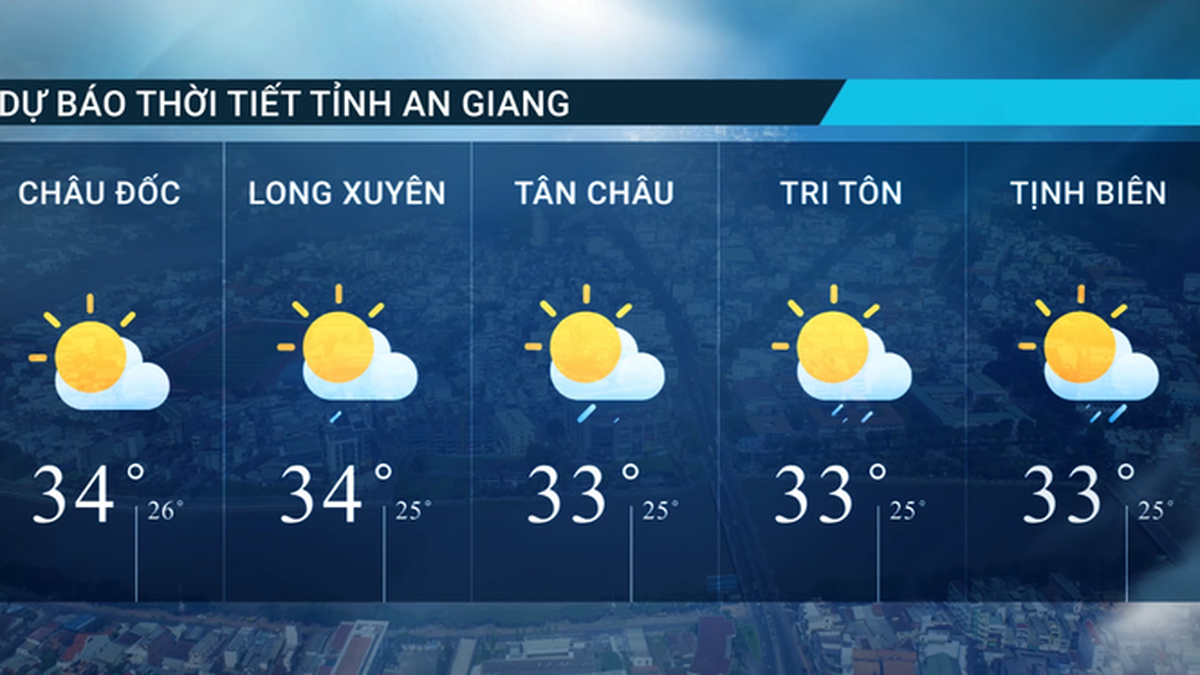






















































































Comment (0)